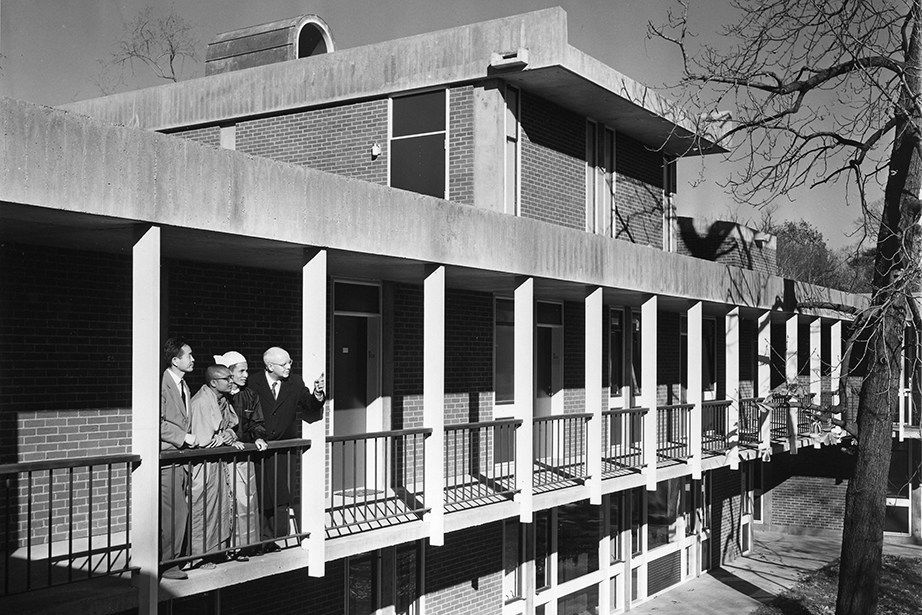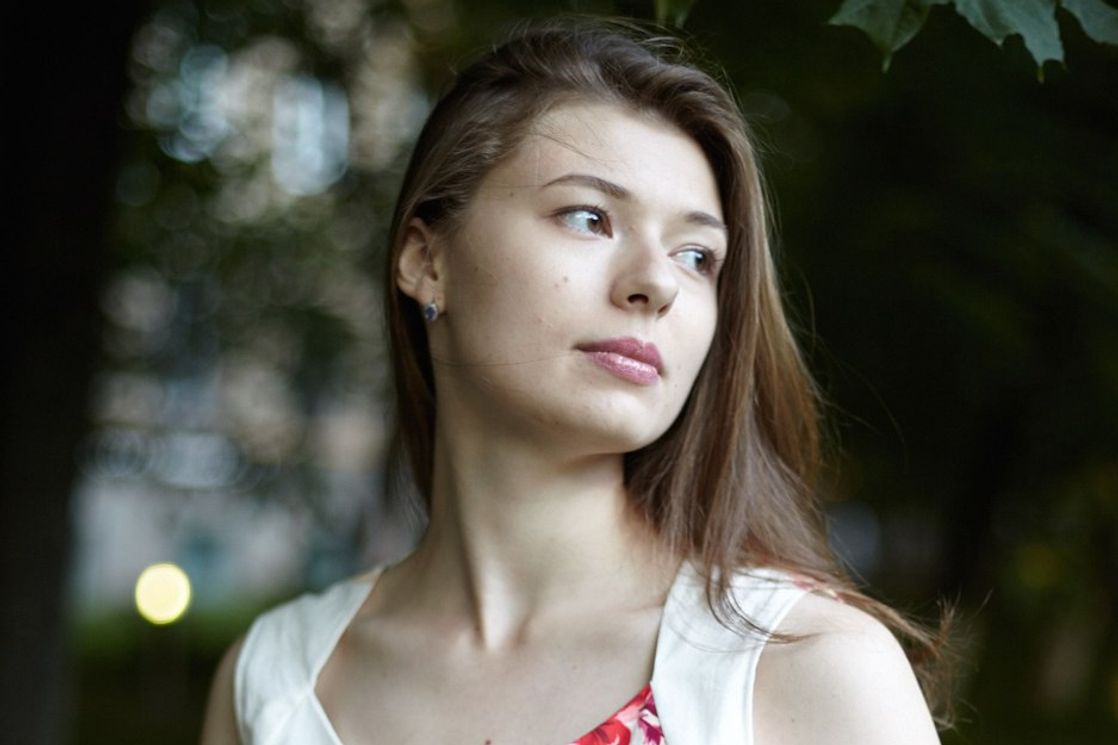Higher Education and State-building: Methaphors of Universities Revisited

How has higher education influenced the evolution of nations since the Second World War—and vice versa? Stanford professor Mitchell Stevens and Institute of Education researcher Ekaterina Shibanova have tried to answer this question in a special issue of the European Journal of Higher Education. They invited renowned historians, political experts, sociologists and economists to develop ‘a consensus on the role of higher education in political and social history after 1945.’ The special issue was created with input from researchers from Canada, Luxembourg, Russia, Germany, France, the UK, and Sweden.
‘Universities have always been a catalyst in the relationships between government, the market, and society,’ Ekaterina Shibanova explains. ‘But educational researchers often take a per se approach to their subject without properly examining the external context, institutions, states and politics. And on the other hand, political economists and historical sociologists rarely look into education. We wanted to create a fuller picture while still taking specific national features into account.’

The researchers decided to avoid using the accepted periodization of ‘before’ and ‘after’ the massification of higher education—the period in the second half of the 20th century when access to higher education grew beyond being a luxury afforded to a small section of the population. The researchers consider this model to be outdated, and instead proposed a four-point model oriented around:
the end of the Second World War and the Cold War;
the end of the Cold War;
the emergence of modern neoliberalism and the appearance of global rankings;
the rise of Asia.
‘This is still a form of periodization, of course, and it’s relative like any other kind. But these were pivotal points in the evolution of higher education systems in the countries featured in the special issue. They help us to contextualize institutional changes in the sector and—in our view—are more useful for comparing countries,’ said Ms. Shibanova.
The authors believe that higher education is an integral part of the general political-economic model, though different countries take vastly different approaches to it. For example, Scandinavian countries prioritize the development of educational opportunities, inclusion and ensuring equal life chances for all. Other countries in mainland Europe also support higher education, but the financial burden largely falls on students’ families. In the USA and the UK, higher education remains a personal investment for the future. The researchers divided state attitudes to education into three categories: national asset, citizen’s right, and commodity.
These different conceptualizations can exist simultaneously in the national culture and politics to different degrees, and they have a significant influence over the extent and nature of a society’s investment in education. ‘Societies that predominantly view higher education as a citizen’s right display more balanced social policies and fewer social risks, and educational resources are much less of a tool of stratification and competition there,’ explains Ms. Shibanova.
Ekaterina Shibanova